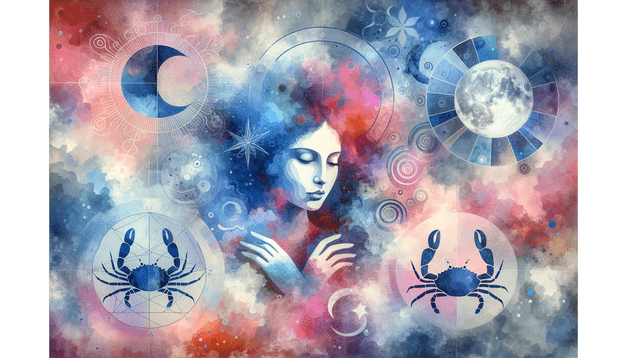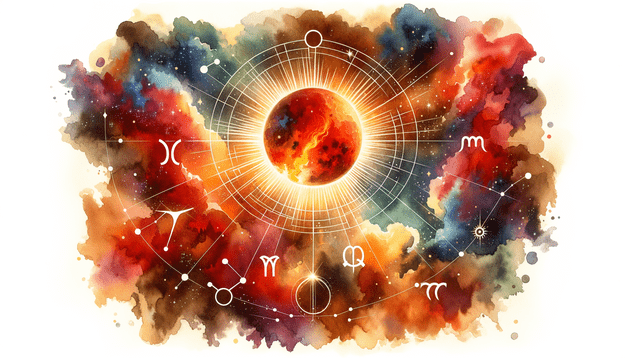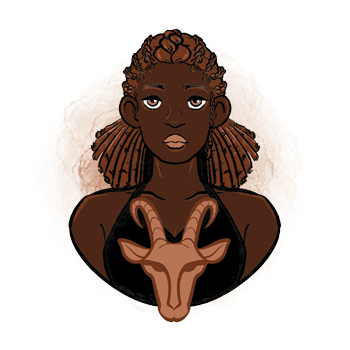Relationship Astrology
Table of Contents
- Branches of Astrology
- Natal Astrology
- Predictive Astrology
- Relationship Astrology
- Financial Astrology
- Electional Astrology
- Horary Astrology
- Karmic Astrology
- Fixed Stars Astrology
- Energy Astrology
- Psychological Astrology
- Medical Astrology
- Evolutional Astrology
- Local Space Astrology
- Mundane Astrology
- Rectification
Astrology can be used not only to understand the entity of one person, but also its relationship with another entirely different individual. To understand the middle ground between two (or more) people, their possible troubles and areas in which the energy flow is easy and calm, we use Relationship Astrology.
Relationships in the Zodiac
This branch of Astrology is widely used not exactly because of the magic of love and romance, but because relationships are what truly defines our inner being. The entire zodiac circle is made of oppositions, speaking of 6 types of relationships that 12 signs of the zodiac have. Each aspect is a relationship itself, and every disposition they have will show colors and shades to them and their additional diversity.
Without relationships we would not be human and wouldn’t be here at all, for they don’t come down to us and other people, but also our relationships with our bodies, hearts and minds. Others are just our own mirror and the way we see them will speak of our inner states and things we cherish or things we have trouble resolving. Whatever annoys us in others is a large part of our own character, and we should keep this in mind every second of the way, in every conflict we have to resolve.
Techniques and Horoscopes
In Relationship Astrology, as in all other branches of Astrology, we have to stay aware that nothing between two people can manifest if it is not already presented in both separate natal charts. We all connect on so many levels, set in each other’s charts as different planets or lights. We need to assign roles to each person we want to study our relationship with, and see from our own chart what’s their goal, where do we connect, how do they serve us in this lifetime, and how do we serve them.
Synastry
To study a relationship between two people, we will usually compare their charts through synastry first. This is a technique of comparison of two birth charts with all of their natal planetary positions, houses and aspects. If we see that a planet in one chart has an exact aspect with a planet in the other chart, we know that this is an important link between these individuals.
The more aspects we share, the more we have to learn from our bond, and the role of each planet will be of great importance too. So for a romantic relationship we will expect aspects between Venuses or a strong contact through sexual links between the Moon and Mars, Venus and Mars, or one Mars with the other.
In synastry, we will find it important to view at dispositions in one another’s chart. This means that if one person has a planet in a certain sign, we understand the importance of the position of the other person’s ruler of this sign. This will be the planet that leads the first one into its specific dignity and aspects. For example, the positive situation would be to see two partners, one of which has the Moon in Capricorn, and the other Saturn in Taurus. This would mean that the first person is being taught by their partner to find love within and form a home and family values they generally lack.
Composite Charts
Once we settle on the first contact between two people through synastry, we will turn to composite chart of their relationship. There are two types of composite charts, the first one being the Midpoint method (all planetary positions are a mathematical middle of individual natal positions) and Davison, or Time and Space method (all positions are real for the exact middle time between the births).
The main difference between these two charts is in the way they are created, the first being a list of imaginary points in space that define the way the relationship is seen, and the second a list of actual positions for the middle time that define the true entity lived between two people. Combined, they will give us a glimpse of one bond as a third individual that keeps two people together, and the way it is observed and approached, as well as where it actually leads.
Feminine and Masculine Planets
We mostly live by archetypes absorbed from our society and the level of consciousness of our entire human race. It is impossible to completely avoid the concept of masculine and feminine roles, although we all have both sides lurking within. When we interpret relationships between individuals of opposite sex, in most cases each of them will take on the role of their corresponding planets and lights, meaning that female partners will be presented by Moon and Venus, just like male partners will take the role of the Sun and Mars.
Some of us will be asexual in this context if our role overcomes the archetype, so a female teacher with a significant teaching role will often be presented by Jupiter even though it mostly speaks of Zeus and the masculine principle within. Or a male artist might take on the role of Venus with a little more ease. This is similar to the way we look at children through Mercury, a planet of both sexes and intellectual asexuality.
In case of same-sex relationships, especially romantic ones, an astrologer will have to ask specific questions to determine which partner tends to take which role. In this case, we will usually be led by the older partner as the one to show a bit more of masculine qualities, and by a personal description that will fit a certain planet or light in a certain sign.
















